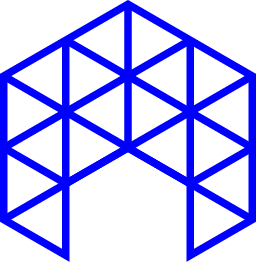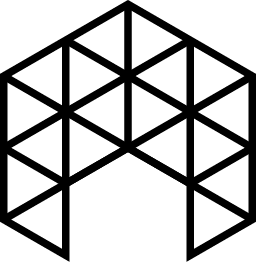Architectural visualization is the process of creating visual representations of architectural designs, both in 2D and 3D. It’s an essential tool for architects, interior designers, and builders to communicate their ideas to clients, stakeholders, and the public. With the advancements in technology, 3D rendering has become an essential tool for architectural visualization. It allows architects and designers to create photorealistic images that accurately depict the design of a building, both inside and out.
In this blog post, we will explore the top five 3D rendering techniques for architectural visualization. These techniques include Ray tracing, Global illumination, Path tracing, Radiosity and Monte Carlo rendering. We will discuss the pros and cons of each technique, as well as the best use cases for each.
1. Ray tracing:
Ray tracing is a rendering technique that simulates the behavior of light in a 3D environment. It’s a popular choice for architectural visualization because it creates photorealistic images with accurate lighting and reflections. The biggest advantage of ray tracing is its ability to accurately simulate the way light behaves in a scene, including reflections, refractions, and shadows. However, it can be computationally expensive, and it may take a long time to render a scene, especially if it’s complex.
2. Global Illumination:
Global illumination is a rendering technique that simulates the interaction of light in a 3D environment. It’s an extension of ray tracing and simulates the way light bounces off surfaces and illuminates other objects. This technique is particularly useful for architectural visualization because it can create realistic light interactions, such as indirect lighting, soft shadows, and ambient occlusion. However, like ray tracing, it can be computationally expensive and may take a long time to render a scene.
3. Path tracing:
Path tracing is a rendering technique that simulates the behavior of light in a 3D environment. It’s similar to ray tracing and global illumination, but it adds the ability to simulate the way light travels through a scene. This technique is particularly useful for architectural visualization because it can create realistic light interactions, such as indirect lighting, soft shadows, and ambient occlusion. However, like ray tracing and global illumination, it can be computationally expensive and may take a long time to render a scene.
4. Radiosity:
Radiosity is a rendering technique that simulates the way light bounces off surfaces in a 3D environment. It’s an older technique than the previously mentioned, but it still holds its own in the architectural visualization industry. Radiosity can create realistic light interactions, such as indirect lighting, soft shadows, and ambient occlusion. However, it’s not as accurate as the other techniques and can be computationally expensive.
5. Monte Carlo rendering:
Monte Carlo rendering is a rendering technique that simulates the behavior of light in a 3D environment. It’s similar to path tracing and global illumination, but it uses a different approach to simulate light. Instead of tracing the path of a single light ray, it samples multiple light paths and calculates the average. This technique can be useful for architectural visualization because it can create realistic light interactions, such as indirect lighting, soft shadows, and ambient occlusion. However, like the other techniques, it can be computationally expensive and may take a long time to render a scene.
Conclusion
3D rendering is an essential tool for architectural visualization, allowing architects and designers to create photorealistic images that accurately depict the design of a building. The top five 3D rendering techniques for architectural visualization include Ray tracing, Global illumination, Path tracing, Radiosity, and Monte Carlo rendering. Each technique has its own pros and cons and is best suited for specific use cases.
Ray tracing is a popular choice for architectural visualization because it creates photorealistic images with accurate lighting and reflections. Global illumination is particularly useful for architectural visualization because it can create realistic light interactions, such as indirect lighting, soft shadows, and ambient occlusion. Path tracing simulates the way light travels through a scene, making it useful for architectural visualization. Radiosity can create realistic light interactions, such as indirect lighting, soft shadows, and ambient occlusion, however it’s not as accurate as the other techniques. Monte Carlo rendering uses a different approach to simulate light and can be useful for architectural visualization because it can create realistic light interactions, such as indirect lighting, soft shadows, and ambient occlusion.
Ultimately, the choice of which technique to use will depend on the specific needs of the project, the skill level of the artist and the computational resources available. As the industry evolves, the use of these techniques will continue to improve and become more accessible, allowing for even more realistic and stunning architectural visualizations.
It’s important to note that in order to get the most out of these techniques, it’s essential to have high-quality digital assets, 3D models and 3D modeling skills. It’s also important to keep in mind the importance of Search Engine Optimization (SEO) when creating these visualizations, as it will help in getting the right audience to see the work.
References:
- “3D Rendering Techniques for Architects” by Arup
- “The Importance of 3D Rendering in Architecture” by SketchUp
- “5 Common 3D Rendering Techniques” by The Architect’s Guide
- “3D Rendering Techniques for Interior Designers” by 3DYantram














